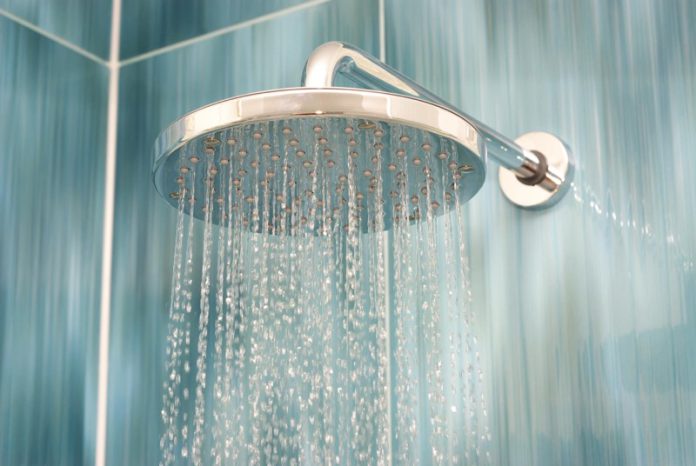Why should you care how an electric hot water system works? Let’s answer with a question — do you like saving money on your electric bill?
A basic understanding of how the system functions will help you know which type of system is best for your family’s needs. Plus, you’ll understand what needs to be done to keep it running optimally and thus spend less on your energy bills.
Check it out here!
Two Main Types of Electric Hot Water Systems
Electric hot water systems are extremely common in Australia, appearing in about half of Australian households. Their relatively low upfront cost contributes to this.
There are two main types of electric hot water systems — a tank system and a continuous flow system.
How Tank Systems Work
The tank system uses a big tank to store water. Cold water enters the tank at the bottom and is heated by the electric element. The hot water rises as it warms and a pipe at the top of the tank carries water off to be used in the home.
Off-peak models are designed with two elements. The main one is set to work during off-peak hours so you pay less on your electricity bill. A smaller element will heat water as needed if you run out during peak hours.
How Continuous Flow Systems Work
Continuous flow systems don’t store heated water in a tank but heat water as needed. They are more energy-efficient since there isn’t water sitting in a tank losing heat. However, these systems are more expensive to install and since water is heated as needed, there is no option to avoid heating during peak hours.
Pros and Cons
Which type of system is best for you? It depends on your needs and priorities.
Cost and Efficiency
Tank systems store hot water, which means there is a certain amount of wasted energy through heat loss. Thus, continuous flow systems tend to be cheaper to run because there is no wasted energy.
However, if you use a lot of water during peak hours, the higher electricity prices can add up quickly. Off-peak tank systems can help you save money by heating most or all of your hot water during the time that electricity is less expensive.
Plus, the initial installation for continuous flow systems is much more expensive than for tank systems. But, if energy conservation is more important to you, this system will use less energy to heat the same amount of water.
Convenience
If you use up all the hot water in a tank faster than the system can heat it, it’s possible to run out of water.
Continuous flow systems never run out of hot water since it is heated on demand. However, it isn’t really instantaneous and you’ll have to wait a few moments for hot water to arrive. Plus, if the trigger point is too high, your low-flow showerhead may not trigger the hot water to come.
Help With Your Hot Water System
Do you feel like an expert on hot water systems yet? No worries, you’ll need a licensed plumber to help install your new system, you can always ask the experts for tips when choosing your new system!















